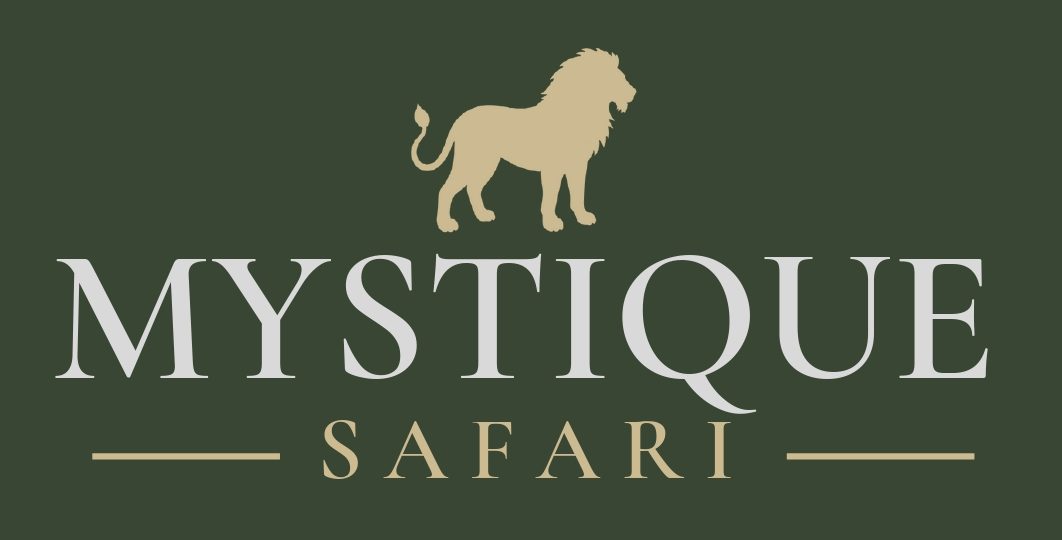Why the Serengeti Stands Out
The Serengeti National Park isn’t just a place; it’s a living, breathing spectacle. Spanning over 14,750 square kilometers, it’s home to the Great Migration, where over 1.5 million wildebeest, zebras, and gazelles move in a timeless cycle of survival. This natural wonder peaks between June and October, but there’s never a bad time to visit—every season offers unique wildlife encounters. Beyond the migration, the “Big Five” (lion, leopard, elephant, buffalo, and rhino) roam here, making it a bucket-list spot for safari enthusiasts. Add in the dramatic landscapes—rolling grasslands, rocky kopjes, and winding rivers—and you’ve got a destination that’s as photogenic as it is thrilling.
Must-Do Experiences
- Witness the Great Migration: Time your trip for July to September to see river crossings in the northern Serengeti—nature’s most epic show. Bring binoculars and a camera with a good zoom!
- Game Drives at Dawn: Early mornings offer cooler weather and active animals. Spot cheetahs on the hunt or lions lounging on rocky outcrops.
- Hot Air Balloon Safari: Rise above the plains at sunrise for a bird’s-eye view of the herds and a champagne breakfast on landing—a splurge worth every penny.
- Visit a Maasai Village: Just outside the park, connect with the Maasai people. Their vibrant culture and warm hospitality add a human heartbeat to your adventure.
Travel Tips for Your Serengeti Adventure
- Best Time to Go: June to October for migration action; December to March for lush scenery and fewer crowds.
- Pack Smart: Lightweight layers, a hat, sunscreen, and sturdy shoes are essentials. Don’t forget bug spray—those tsetse flies can be relentless!
- Stay Options: From luxury lodges like Four Seasons Safari Lodge to mobile tented camps that follow the migration, there’s something for every budget. Book early—spots fill fast.
The Serengeti isn’t just a trip; it’s a front-row seat to the wild heart of Africa. Ready to plan your Tanzanian escape? Contact us to craft a journey that’s as unforgettable as the Serengeti itself.

